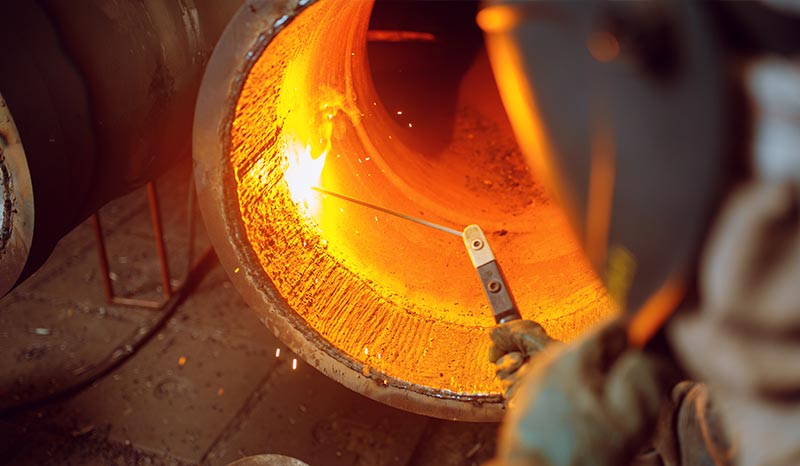Cem-Wave Project
The Ceramic Matrix Composites revolution
Introducing an innovative microwave-based production process for Ceramic Matrix Composites (CMCs) the CEM-WAVE project has the potential to revolutionise those energy-intensive industries planning their full shift to renewable sources.
Via a systemic and multidisciplinary approach, the CEM-WAVE project tests and demonstrates possibilities to reduce the production costs of ceramic matrix composites and establish new supply and value chains in the composites materials and manufacturing economy.
The key benefits of Ceramic Matrix Composites (CMCs) over other materials includes high thermal resistance, hardness, corrosion resistance, light weight and non-magnetic in nature. Over the years, CMCs have gained significant importance in industrial applications over single phase ceramics and other materials, due to their peculiar physical properties.
Growing industrial demand for high temperature-resistant, low weight and density equipment is the primary factor driving the expansion of the global ceramic matrix composites market.




